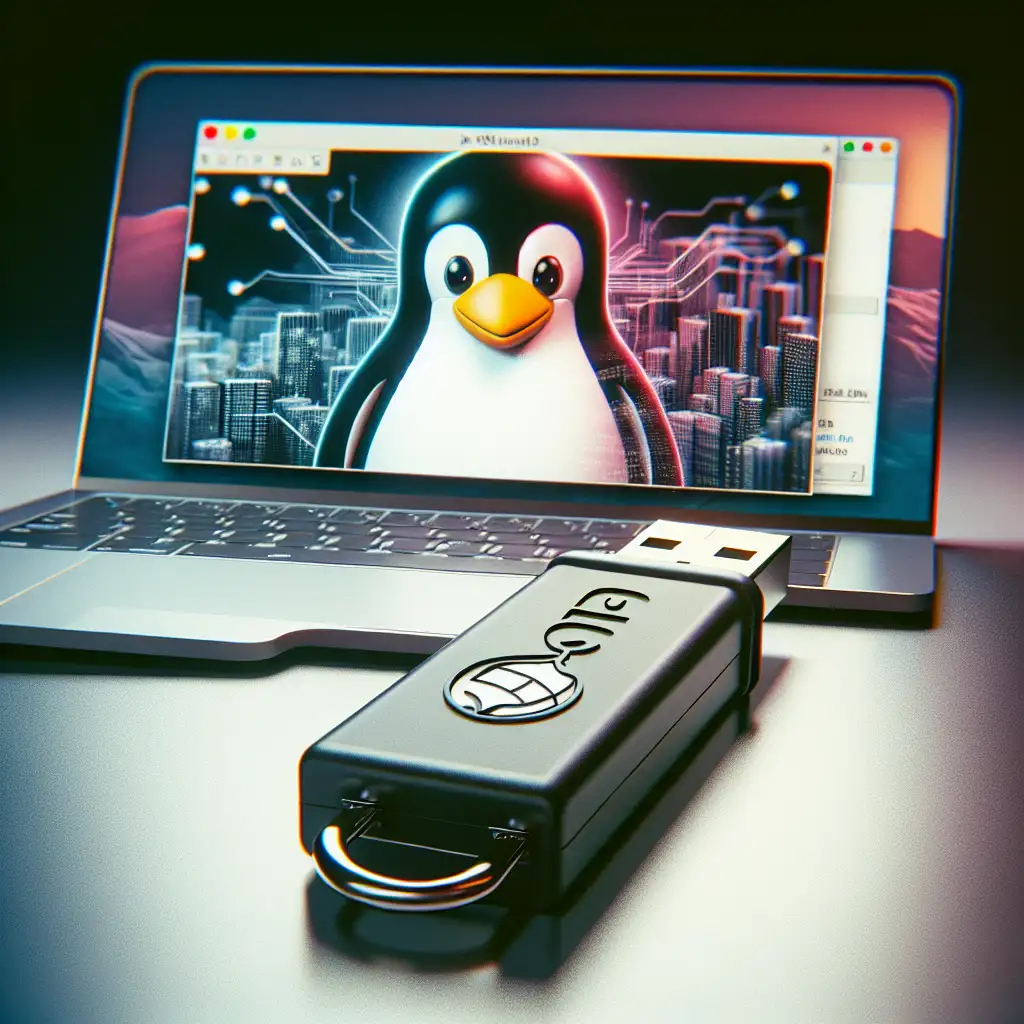Creating a Persistent Linux USB: Beyond Live Sessions for True Portability
When it comes to trying out Linux or troubleshooting systems, many of us rely on live USB sessions. They’re easy to set up, quick to boot, and leave almost no footprint on the host machine. However, traditional live USBs come with a major limitation: every change you make, from installed applications to system settings, disappears once you reboot. If you’re looking for a truly portable Linux environment — one that remembers your work, preferences, and files, and behaves like it’s permanently installed — then you need to create a persistent Linux USB.
Forget the common live USB approach. Creating a persistent Linux USB essentially transforms a simple flash drive into a mobile workstation that saves your data and system changes in real-time, preserves your personalizations, and boosts both productivity and security — all without altering the system you plug it into.
What is a Persistent Linux USB?
A persistent USB is a flash drive that contains a full Linux OS with a special persistence file or partition. Unlike a standard live USB that keeps everything in a temporary RAM disk, a persistent USB allocates space for saving:
- System updates and software installations
- User files and settings
- Network configurations
- Custom tweaks and themes
With persistence, your Linux session is saved exactly as you left it, ready wherever you boot it.
Why Go Persistent?
- True Portability: Carry your personalized Linux environment anywhere.
- Productivity: Install the tools and apps you need, and they’ll be waiting for you.
- Security: Keep encryption and VPN setup intact across sessions.
- No Host Impact: The host computer’s hard drive stays untouched.
What You Need
- A USB drive of at least 8GB (16GB or more recommended for comfort).
- A Linux ISO image (Ubuntu, Linux Mint, Fedora, or your choice).
- A tool to create the USB:
- Rufus (Windows) — supports persistence with recent versions.
- mkusb (Linux) — simple and robust tool designed for persistent drives.
- Etcher or UNetbootin — note that persistence support may be limited.
Step-by-Step Guide to Create a Persistent Linux USB (Ubuntu Example)
Step 1: Download Ubuntu ISO
Head to Ubuntu’s official download page and grab the latest Desktop ISO image.
Step 2: Use Rufus on Windows (Persistent USB Creation)
- Insert your USB drive and open Rufus.
- Select your USB in the “Device” dropdown.
- Click SELECT and pick the Ubuntu ISO.
- Look for the “Persistent partition size” slider (available in Rufus 3.15+).
- Drag the slider to allocate persistent storage (1GB minimum, more is better).
- Click START and confirm prompts.
Once complete, you’ll have an Ubuntu USB that saves your data and system changes.
Step 3: Use mkusb on Linux (Advanced Options)
-
Plug in your USB and install mkusb:
sudo add-apt-repository ppa:mkusb/ppa sudo apt-get update sudo apt-get install mkusb -
Launch mkusb:
sudo mkusb -
Choose the Ubuntu ISO and pick “Persistent live” mode.
-
Allocate the size for persistence when prompted.
-
Let mkusb do its magic.
Restart from the USB, and your session will save persistently.
Using Your Persistent Linux USB
- Boot from USB: Change BIOS/UEFI settings on your target machine to boot from USB.
- Work as normal: Install applications with
aptor other package managers; create files; configure system settings. - Reboot & Resume: All changes remain intact just like a true installed OS.
- Upgrade Your System: Run updates safely and keep your portable environment fresh.
Quick Tips for a Smooth Experience
- Always eject your USB safely to avoid data corruption.
- Consider encrypting your persistence file with LUKS (some tools support this) if you want security.
- Use USB 3.0 drives for faster boot and read/write speed.
- Regularly backup your persistent USB just like any important data.
Closing Thoughts
A persistent Linux USB is a game changer for anyone who needs a mobile, customizable, and secure Linux environment without installing anything on host machines. Whether you’re a developer, a sysadmin, or just a Linux enthusiast, this approach turns a simple flash drive into a fully functional portable OS — perfect for work, travel, or emergency recovery.
So, ditch the temporary live sessions and embrace persistence. Your personal Linux system on the go awaits!
Have you tried creating a persistent Linux USB? Share your experience or questions in the comments below!
